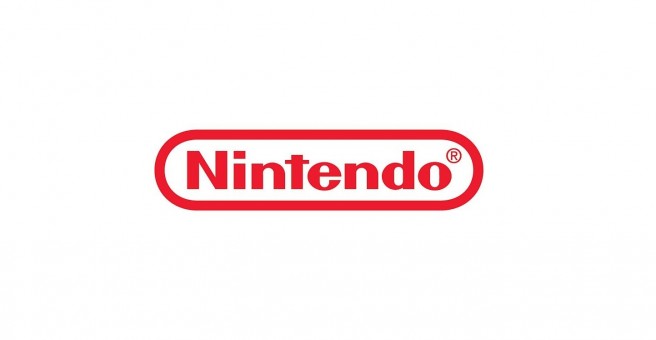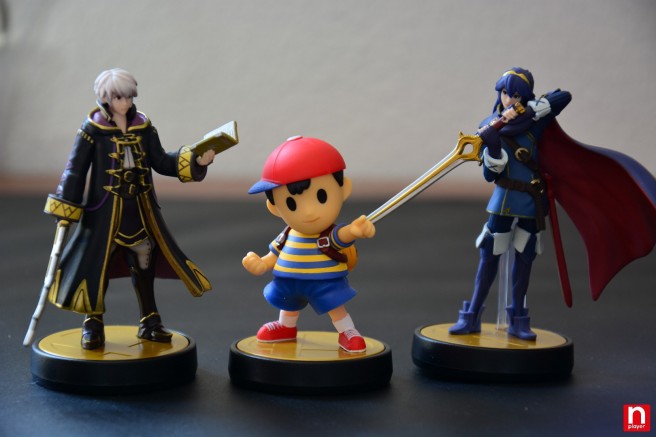Nintendo on its evolved approach to HD development
Posted on 10 years ago by Brian(@NE_Brian) in General Nintendo, News | 5 Comments
This month’s issue of EDGE has an extensive feature about Splatoon. Naturally, a great deal of the piece focuses on the Wii U game, but the magazine was also able to ask Nintendo EAD general manager Katsuya Eguchi an off-hand question as well.
Discussing how Nintendo’s approach to HD development has evolved over the course of working with Wii U, Eguchi said:
“As you say, HD development tends to need a lot more people due to the higher standards required. The question of how to secure the necessary programmers and designers is one common to all companies in the industry, and everyone has to find ways of dealing with it. For example, if you increase the number of staff, there will be a greater difference in skill levels between them, which makes managing quality control extremely important.
“However, what’s really critical is making sure that this increased number of staff aren’t doing any unnecessary work. It hurts to imagine just how many people’s work would be wasted if we had to redo something. Being able to judge what needs to be done is the key to making sure that people and time are not wasted. This applies not only to decisions about specific features after development has started, but also to the starting point itself – what kind of new game to make, for example. That is critical, and getting it wrong runs the risk of the whole project amounting to nothing.
“It’s normal that, when a company decides what to start developing, the opinions of the people at the top of the organisation are given the most weight. It makes sense because the people in those roles have had a lot of experience and success stories. However, Nintendo is an entertainment company, and good ideas for entertainment can come from anywhere… Young people are also more sensitive to new trends, developments and technologies that are appearing. We are trying to use the opinions of this younger generation even at the start of a project.”
More: interview, Katsuya Eguchi, top
More Lucina, Robin, and Ness amiibo photos
Posted on 10 years ago by Brian(@NE_Brian) in General Nintendo, Images | 2 Comments
ValueError thrown
Path cannot be empty

